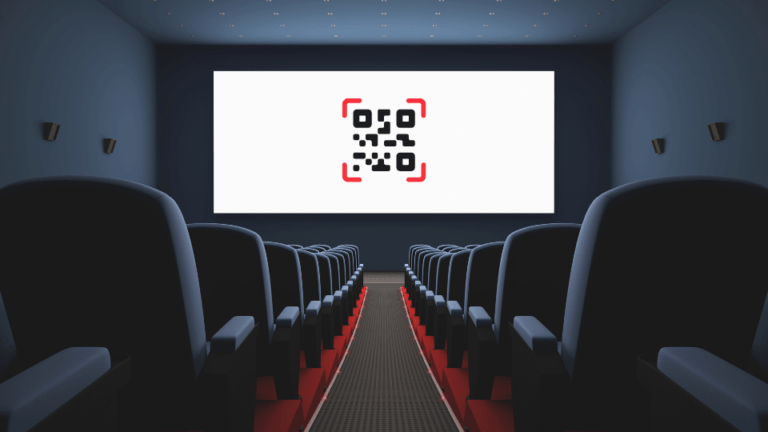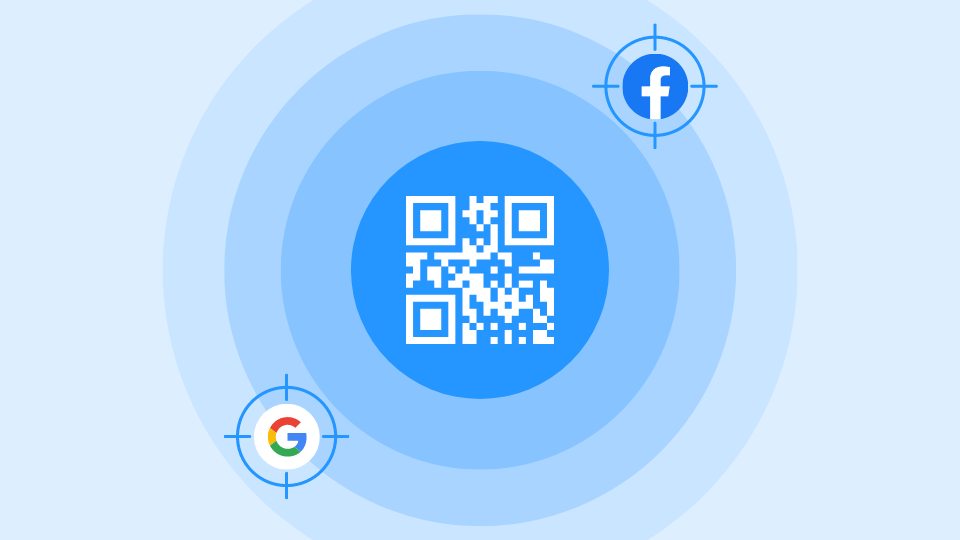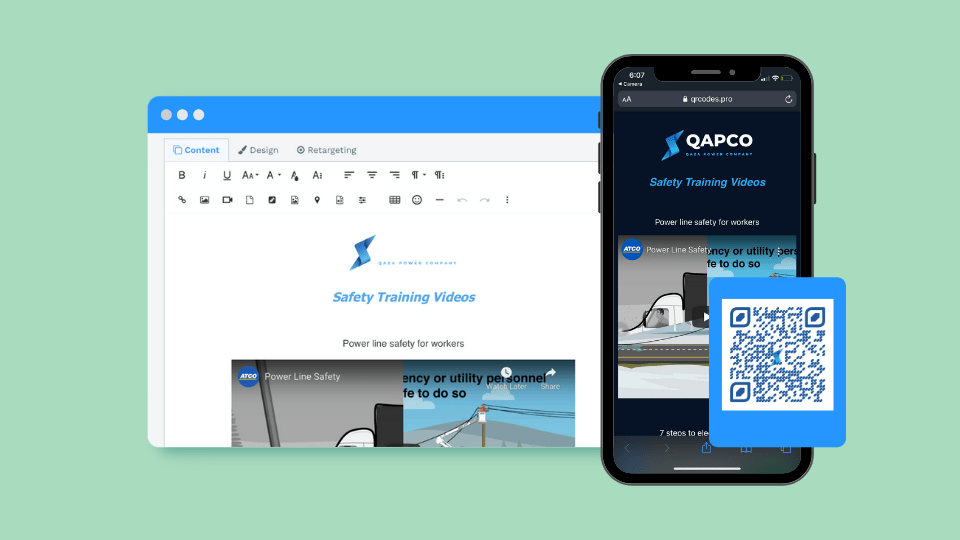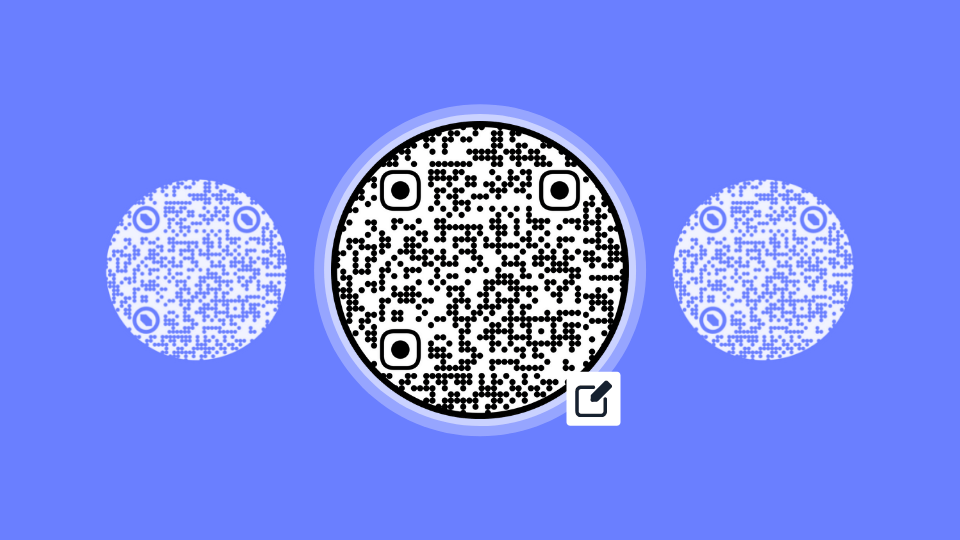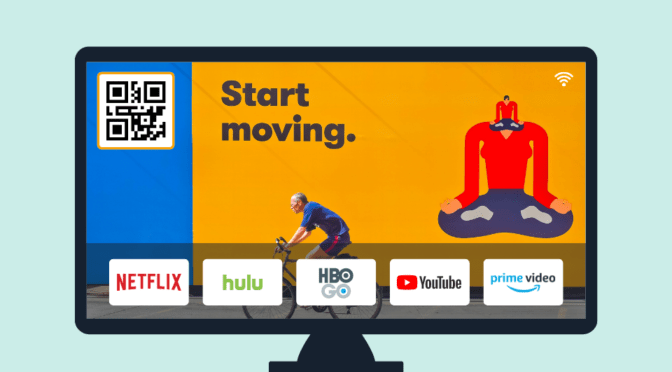Retail businesses that required customers to be in close proximity were gutted during the pandemic. In May 2020, estimates said that the global cinema industry could face losses to the tune of $5 billion. That was before the second and third waves devastated nations.
However, from the second half of 2021, movie theaters have reopened. First sporadically, and then, most countries out of lockdown have allowed cinemas to reopen. However, customer skepticism increased the cost of complying with health regulations. A lack of bankable movie titles means that rebounding will be an uphill task.
It is time for producers, movie theater chains, marketers, and other stakeholders to leverage the changes that have taken place in our lives to engage movie-goers. We have been spending more time in front of screens and living virtual experiences over the last year. So it may be time to integrate the very tangible sensations of a movie experience (think the lights, curtains, smell of popcorn, the chatter) with the virtual experience.
Quick Response Codes, or QR Codes in cinema advertising, can act as this interface between the two worlds, tethering together the physical and the digital. If used smartly, QR Codes can be used to re-engage audiences, amplify the cinema experience, and create a new way to consume content.
Table of contents
- The role of QR Codes in cinema advertising
- Why QR Codes in cinema commercials are gaining popularity
- Use cases of QR Codes in cinema advertising
- QR Codes in cinema commercials: Best practices
What is the role of QR Codes in cinema advertising?
Movie theater advertising is as old as the cineplex experience. The commercials embedded during half-time, the trailers screened before the movie begins, and branded merchandise – we are all accustomed to these. But all these forms of advertising have been static, and maybe the time to change that has come.
QR Codes can play a vital role in engaging audiences, measuring the reach, and creating a direct connection between the advertiser and viewer.
It helps that QR Codes are versatile. You can embed them in digital, paper, or any other format. They are already being used significantly for ticketing purposes. In cinema commercials, they can be shown during a commercial on screen. The code is to be scanned by the viewers, leading them to a set landing page.
Similarly, you can print them on the popcorn box, paper cups, the menu, or even movie posters. All one has to do is scan the QR Code and be directly transported to a new experience – whether it is watching a trailer or giving feedback.
Why is the use of QR Codes in cinema commercials becoming popular?
Much like their versatile nature, the use cases of shoppable QR Codes in movie theater advertising are diverse and multi-functional. Let us consider the most direct and simplest of them first.
People come to the cinema and spend money, but not necessarily on the film alone. Nearly 25% to 50% of the revenues earned by a movie theater come from food and beverages alone. Thus, food courts and food packaging become an ideal place for businesses to showcase their products creatively.
Think of a merchandise and accessories business offering an exclusive discount to the audiences of the latest Marvel movie through QR Codes on their popcorn boxes. It’s a perfect alignment; the audience here is relevant, hyper-engaged, and extremely likely to grab the deal!
Next, consider how QR Codes can benefit movie producers. They can market an upcoming movie using a creative QR Code campaign to engage audiences. Think how excited people will be to collect the breadcrumbs of the next Star Trek movie, especially when they see a QR Code flashed on the screen during the interval transform on their phone. The possibilities of promotion are virtually endless!
There is good reason to believe that these advertisements will have a better recall value for viewers than traditional outdoor or TV commercials. Studies show that large visuals, immersive sounds, and the undivided attention that movie theaters command result in higher information retention by audiences. Thus, a QR Code nudging people to engage with a commercial can do wonders when placed in front of a receptive audience.
There’s an added benefit of using QR Codes for cinema advertisements. You get an accurate and reliable measurement of the reach, viewership, and engagement of your ads. The technology allows capturing valuable data (like device information, time of the scan, and other non-personal information) that can be leveraged to design future targeted strategies.
Use cases of QR Codes in cinema advertising
Let us consider some real-life uses cases of using QR Codes for cinema advertising and marketing purposes:
1. Movie promotions
QR Codes have been used creatively during the promotion and marketing of many popular movies in recent years. Whether it is placing them on movie screens during the intermission to introduce audiences to upcoming trailers or using them in posters, trailers, promotional merchandise, or ticketing to engage receptive viewers, QR Codes are increasingly featured in movie promotions. Strategically, their placement on posters and other promotional material is a clever way to entice viewers and engage them.
One of Iron Man 2’s most prominent posters was a QR Code embedded in Iron Man’s suit. On scanning, the viewer was directed to a website containing the release date, photos, videos, trailer, social media handles and other movie information.

Netflix’s latest movie, Red Notice, shows a QR Code briefly during a scene. Upon scanning, it takes users to a YouTube video of the movie’s funniest bloopers.

2. At-home entertainment
The rise of OTT platforms and at-home entertainment options have offered a new medium for production houses to engage audiences with cinematic experiences, and QR Codes have been at the forefront of these campaigns. Production houses have collaborated with the right partners and products for maximum visibility, whether it is printing QR Codes that lead to trailers of upcoming movies on boxes of famous popcorn brands or a pay-per-view movie.

3. Contactless menu and ordering
Ordering food and beverages using contactless QR Codes and making digital payments is slowly becoming a permanent feature of the new movie-going experience.
Leading cinema chains and retailers all over the world were already using them before the pandemic, and now their adoption has expedited even further. Customers can order their favorite snacks and drinks from their phones, make the payment, and collect their order – all without interacting or coming in contact with anyone else!

4. Collecting audience reviews and feedback
Whether it is theatre owners asking audiences to rate their services and experience, or movie producers seeking popular feedback through ratings, QR Codes can help both. Since follow-up reminders on submitting feedback are rarely followed through, QR Codes seeking feedback can be printed on movie tickets, product packaging, styrofoam cups, and other popcorn tubs.

5. Ticketing and entry
Because of the pandemic, many movie theaters have enabled self-check-in kiosks for people who have booked the tickets in advance. Using QR Codes for entry has allowed cinema owners to facilitate touchless entry of audiences. All major theater chains in the world have been using QR Codes in some form for ticketing and check-in during the last few months.

6. Digital marketing
QR Codes have helped businesses capture impulsive emotions and measure reactions accurately. They have been used to gauge user intent while people are inside the movie theater and later remarket relevant products to them. For example, ads for running shoes with QR Codes played during an action movie collect prospects and interested customers. Later on, they are retargeted with ads for the product on other platforms and apps. Warner Bros Entertainment Inc. uses coupon QR Codes to offer discounts and deals on movie-specific merchandise and products.

Best practices for using QR Codes in cinema commercials
Simply embedding QR Codes in a cinema commercial and expecting them to work magic would be a mistake. Before using the technology, there are a few things to keep in mind for a better user experience and higher engagement.
1. Clear and prominent Call-to-Action (CTA)
Using a QR Code in any advertisement or promotion without telling the user what to do will get you no response. An effective QR Code strategy always involves specific instructions and explains rewards along with the code. For example, “Scan this QR Code for 20% off your next tickets” would be an ideal nudge by a movie theater to get the audience’s attention. You can add a frame to the QR Code and include a CTA text for maximum visual impact.
2. Smart placement and packaging
Placing a QR Code onto static material like posters, cups, walls, and banners might seem easy. But you should consider the design, color, placement, size, prominence, and surface of the material in the process. For example, it shouldn’t be too large to wrap around the cup’s curved surface and become unreadable. If the QR Code will be displayed on the screen, it should be sized accordingly. A useful formula to decide the size depending on the distance is:
QR Code minimum size = Scanning distance/10
Check out our QR Code sizing guide
3. Intelligent design
While designing the QR Code, use contrasting colors (black and white work the best) and add a ‘quiet zone’ around it. This will ensure that other visuals on the screen/packaging do not interfere with the QR Code’s pixels, and audiences can scan it smoothly. Remember to keep the QR Code still if it appears in a video advertisement or any other dynamic format.
4. The right medium
If you are placing a QR Code-based ad on the screen during, before, or after a movie, make sure what you are promoting is relevant for the audience. The film during which the QR Code will run, the location, and the purpose should cater to the target audience and demographic. Also, remember that this is a dynamic and fluid medium – so time your advertisement carefully.
5. Dynamic QR Codes
Use dynamic QR Codes over static ones for maximum impact and better analytics. The former allows a range of customizations, which is not possible with the latter. Using a dynamic QR Code generator, you can alter the landing page’s content or even change it long after the QR Codes are printed and on display. You can also design dynamic QR Codes as per your brand’s visual identity.
6. Analytics tracking
A dynamic QR Code also offers better features to capture the data generated while people scan and engage. Be sure to store this data, analyze its patterns and trends, and use insights from it to alter your promotion strategy dynamically. Using smart digital marketing and location-based marketing tools, you can make the most of each scan.
QR Codes in cinema advertising are here to stay
As cinema chains and movie theaters try to woo back audiences with a promise of safety and hygiene, they must use readily available and easy-to-use new-age tools and technologies for better engagement.
Using QR Codes in cinema advertising can open up new avenues for revenue growth and enable filmmakers to connect with audiences more effectively. Marketers and brand strategists should use this new format of engaging viewers to find unique solutions to the challenges businesses face.







